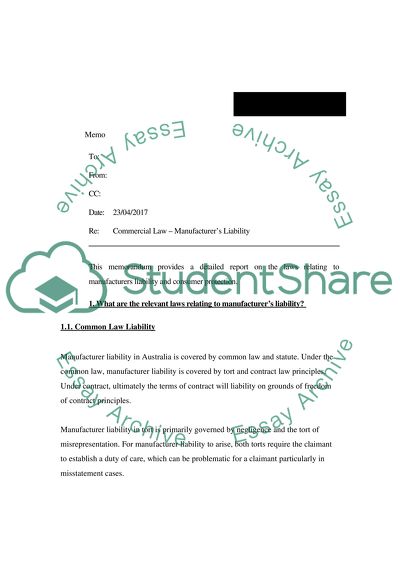Cite this document
(Commercial Law to Manufacturer Liability Coursework - 3, n.d.)
Commercial Law to Manufacturer Liability Coursework - 3. Retrieved from https://studentshare.org/law/1551153-commercial-law
Commercial Law to Manufacturer Liability Coursework - 3. Retrieved from https://studentshare.org/law/1551153-commercial-law
(Commercial Law to Manufacturer Liability Coursework - 3)
Commercial Law to Manufacturer Liability Coursework - 3. https://studentshare.org/law/1551153-commercial-law.
Commercial Law to Manufacturer Liability Coursework - 3. https://studentshare.org/law/1551153-commercial-law.
“Commercial Law to Manufacturer Liability Coursework - 3”. https://studentshare.org/law/1551153-commercial-law.


